Defining students study space preferences
Furthering the Project’s commitment to co-creation, research consultants Nature Research were engaged in September 2018 to examine what kind of study spaces students prefer and when they like to use them.
Survey participants were asked a series of questions to gauge their study space requirements and preferences to better understand how these spaces are utilised throughout the year. The survey was conducted over 15 days with 774 students taking part, including undergraduate, graduate, part-time, full-time, domestic and international students.
The types of study spaces students were asked to respond to were:
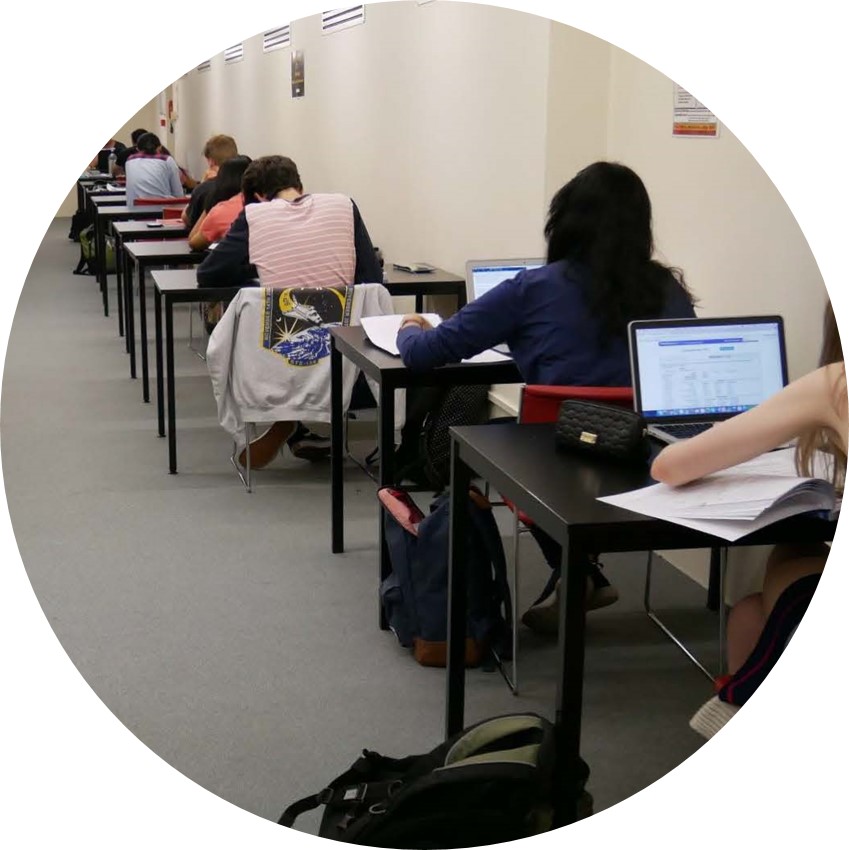
Focused studying alone.
An indoor quiet space or study booth with ideal conditions for one individual.
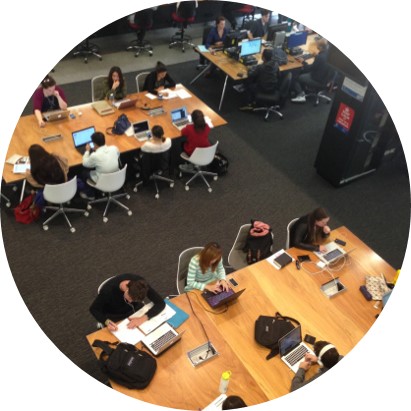
Alone together.
An indoor open space of more than two people studying separately in silence.

Public collaboration.
An indoor open space or pod, designed for informal collaboration, which can accommodate small to large groups.
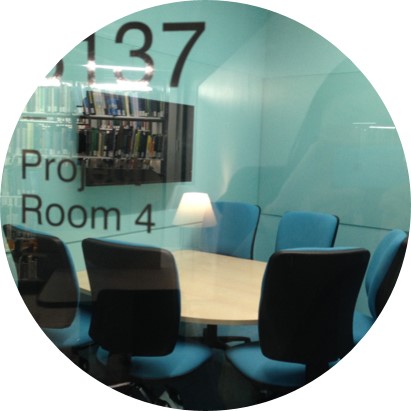
Private collaboration.
An indoor meeting room for both loud and private collaboration for three or more people.
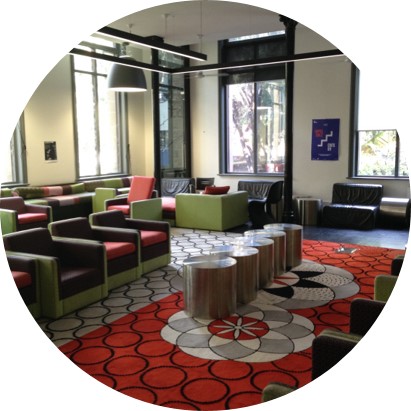
Relaxing.
An indoor space with comfortable, soft furnishings allowing for relaxation for one to four people.
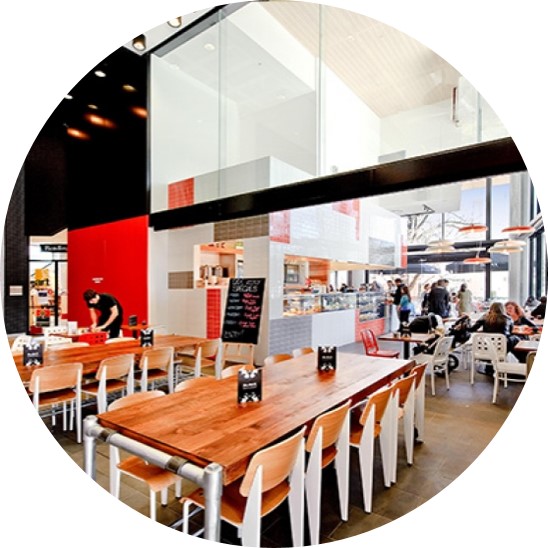
Meeting Others.
An indoor/outdoor open space with higher levels of activity and pleasant atmosphere with food and beverage options.
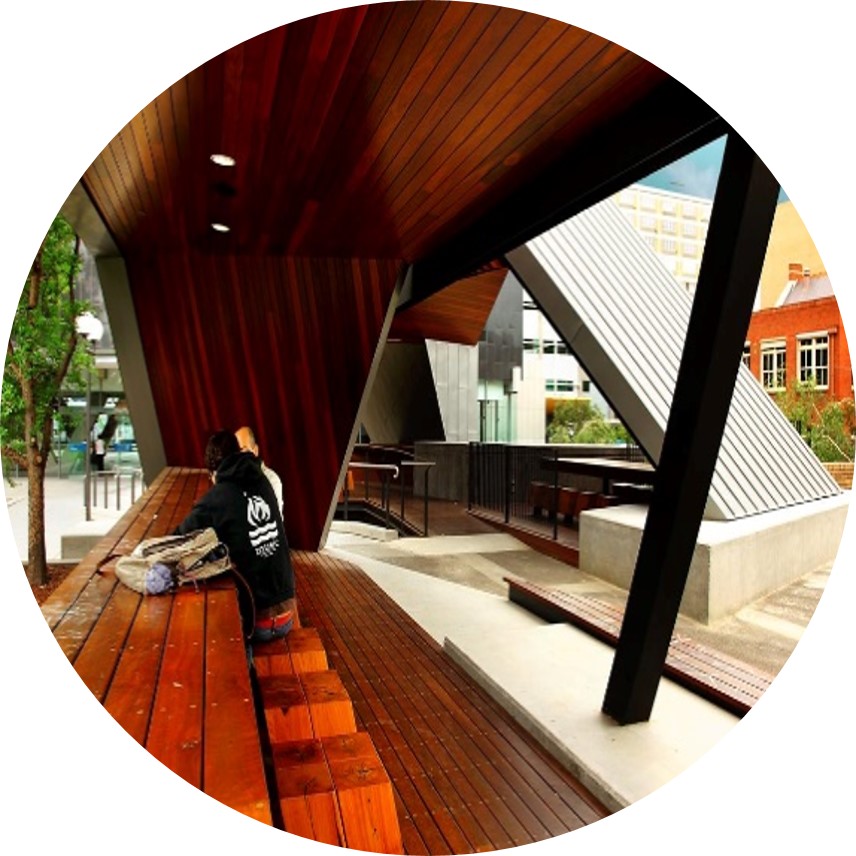
Outdoor Study Space.
An outdoor study space with shelter and power point sockets.
Of the seven study space types, the ‘Focused studying alone’ was the most popular among the students surveyed. Almost half of respondents stated they would use this type of space the most, particularly throughout SWOT Vac for general and exam study, reading course material and research activities. Although the primary purpose of the ‘Meeting others’ and ‘Relaxing’ study spaces was for socialisation and relaxation, half of the students surveyed felt they would use these spaces for general study also.
Key survey findings:
- Of the seven study space types, the ‘Focused studying alone’ was the most popular among the students surveyed. Almost half of respondents stated they would use this type of space the most, particularly throughout SWOT Vac, for general and exam study, reading course material and research activities.
- Although the primary purpose of the ‘Meeting others’ and ‘Relaxing’ study spaces was for socialisation and relaxation, half of the students surveyed felt they would use these spaces for general study also.
- More than half of respondents indicated they would study outside for three out of the four seasons, indicating the importance of access to outdoor study space on campus.
The outcomes of this research will be used to inform the design, function and provision of study spaces in the New Student Precinct to better cater for the contemporary student needs of our diverse and growing student population.